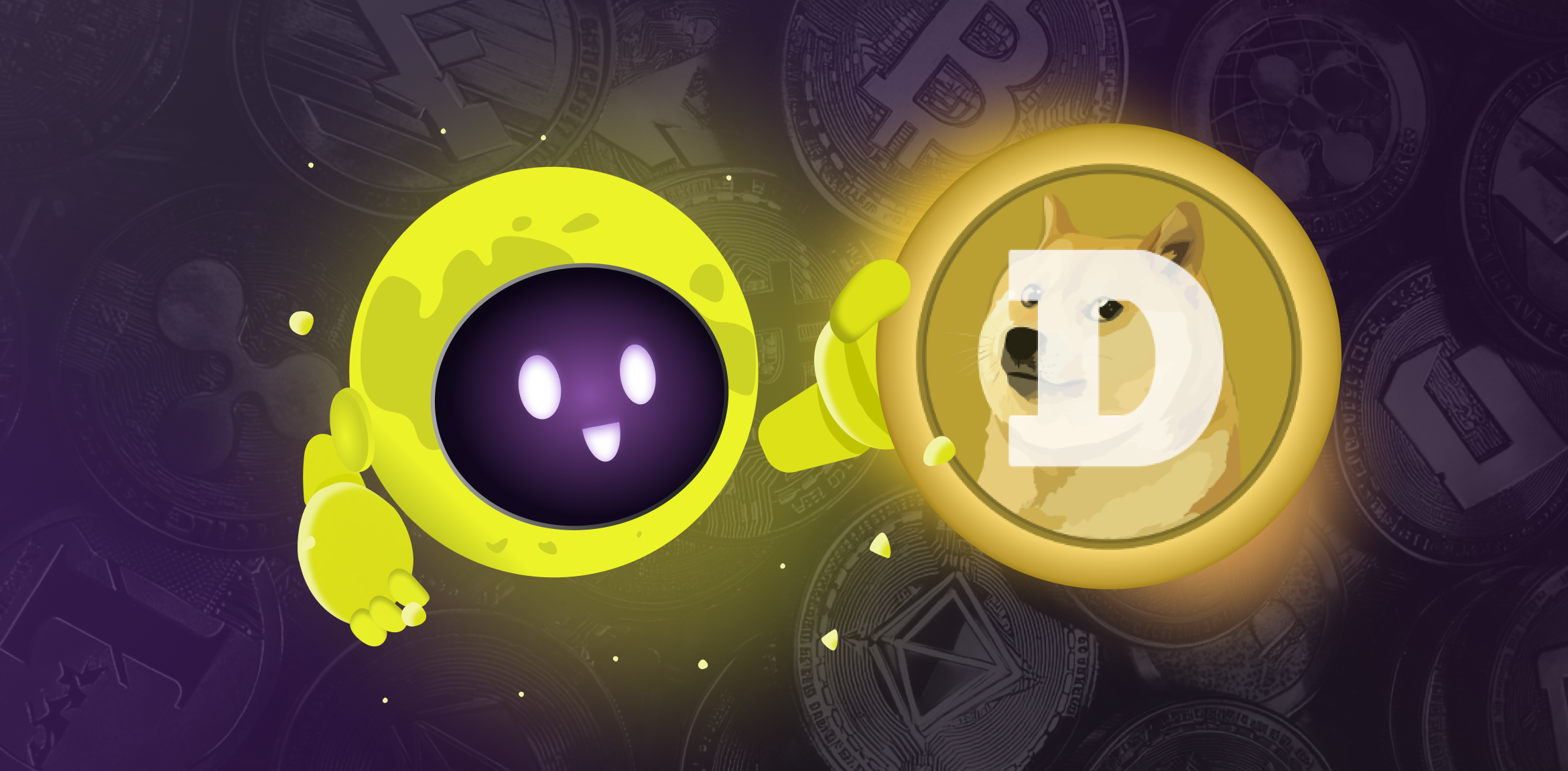
Token unlocks often create ripples—or, in some cases, tidal waves—in the market. These events, where locked tokens are circulated, can significantly impact supply, demand, and prices. In this article, we’ll break down the concept of token unlocking, highlight the upcoming events of the token unlock schedule, and explore what they mean for investors and the broader crypto ecosystem.
What Is token unlock and why does It matter?
Token unlocking is a scheduled process where initially restricted or “locked” cryptocurrencies become available for trading or use. These locked tokens are often allocated to project teams, early investors, or reserved for ecosystem growth.
The primary reason for locking tokens is to maintain stability and prevent a supply flood from hitting the market simultaneously. By staggering token releases, projects can align incentives between investors and developers while ensuring the ecosystem grows sustainably. This builds trust and shows commitment to long-term goals.
Details of the unlocking event
This month brings several major crypto token unlock events, with some significant players scheduled to release many tokens. Let’s dive into the specifics.
Unlocking Events in January 2025
January 2025 is a big month for crypto token unlocks, with over $1.3 billion worth of tokens set to be in circulation. These events are anticipated to impact market dynamics significantly. Let’s dive into the key highlights:
Sui (SUI)
- Unlock Date: January 1, 2025
- Amount: 64.19 million SUI
- Value: ~$338.8 million
- Circulating Supply Impact: 2.19%
- This unlock primarily supports community reserves, early investors, and Mysten Labs’ treasury, adding a substantial chunk to the circulating supply.
ZetaChain (ZETA)
- Unlock Date: January 1, 2025
- Amount: 53.89 million ZETA
- Value: ~$32.2 million
- Circulating Supply Impact: 9.35%
- ZETA’s large percentage unlock could amplify liquidity, making it a closely watched event for the crypto calendar.
Circular Protocol (CIRX)
- Unlock Date: January 12, 2025
- Amount: 28 billion CIRX
- Value: ~$102.9 million
- Circulating Supply Impact: 62.4%
- This massive unlock is set to make waves, as many CIRX tokens flood the market in a single event.
Aptos (APT)
- Unlock Date: January 12, 2025
- Amount: 11.31 million APT
- Value: ~$104.2 million
- Circulating Supply Impact: 2.03%
- Aptos, a project known for its strong ecosystem, will add a moderate amount to its liquidity pool.
Arbitrum (ARB)
- Unlock Date: January 16, 2025
- Amount: 92.65 million ARB
- Value: ~$70.9 million
- Circulating Supply Impact: 2.2%
- ARB’s unlock is expected to draw considerable attention given its prominent position in the Layer 2 space.
ApeCoin (APE)
- Unlock Date: January 17, 2025
- Amount: 15.6 million APE
- Value: ~$19.3 million
- Circulating Supply Impact: 2.16%
- The APE unlock may generate short-term volatility, with speculations on whether holders will sell or hold.
Immutable (IMX)
- Unlock Date: January 24, 2025
- Amount: 24.52 million IMX
- Value: ~$34.6 million
- Circulating Supply Impact: 1.43%
- IMX’s steady growth in gaming and NFTs could mitigate potential selling pressure.
Ronin (RON)
- Unlock Date: January 27, 2025
- Amount: 33.66 million RON
- Value: ~$63.7 million
- Circulating Supply Impact: 8.99%
- RON’s unlock will likely be a key focus for those tracking the crypto token unlock schedule, especially within the gaming sector.
How token unlocks shape the market
Token unlocks can’t be ignored if you’re watching the crypto market. Historically, these events tend to trigger volatility for several reasons.
When many tokens are released, the sudden increase in supply often puts downward pressure on prices, especially if demand doesn’t match the new influx. Studies show that token unlocks equaling just 1% of the circulating supply can cause a measurable dip in prices before and after the event.
However, not all unlocks are equal. A well-managed token release with positive project developments can counterbalance selling pressure. In some cases, markets react positively if the unlock was well-anticipated and priced in beforehand.
Price analysis — tokens already released
Let’s look at how tokens have fared so far this month.
- Sui (SUI): Currently priced at $4.44, SUI saw a modest 4% decline post-unlock. This aligns with typical market reactions to substantial token releases.
- dYdX (DYDX): Trading at $1.54, DYDX experienced a 3% dip after tokens unlock, reflecting market adjustments to the increased supply.
- Arbitrum (ARB): ARB’s price remains steady at $0.765, showing resilience due to strong fundamentals and an already-informed market.
- ZetaChain (ZETA) experienced heightened volatility after releasing 53.89 million tokens, with its price dropping from a high of $0.542046 to $0.476074 within days of the unlock.
- Aptos (APT): followed a similar trend after its January 12 unlock of 11.31 million tokens, valued at $104.2 million. The added supply exerted downward pressure on APT's price, which fell from a peak of $9.15 to $8.45, showing how unlocks can challenge short-term price stability.
- Arbitrum (ARB): after unlocking 92.65 million tokens, its price settled around $0.699967.
- Ape Coin (APE): dropped slightly to $0.984167 following its January 17 event.
These price movements highlight the nuanced effects of token unlocks. While the immediate reaction is often a slight dip, the project’s roadmap, and overall market conditions often determine its long-term performance.
Investor sentiment and predictions
Leading up to token unlock events, sentiment often becomes cautious. Investors may anticipate selling pressure and adopt a “wait-and-see” approach, especially for projects with large allocations being released.
For January 2025, market analysts predict a mix of outcomes.
Projects that unlock tokens intended for ecosystem development, staking, or rewards distribution may see long-term growth as these tokens are used to drive utility. For example, if Immutable (IMX) integrates its unlocked tokens into new gaming initiatives or Ronin (RON) leverages them to expand its ecosystem, their prices could benefit from increased use cases and demand.
While short-term volatility is almost guaranteed, the long-term outcomes for tokens unlocked in January 2025 will depend on the projects’ ability to deliver on their roadmaps, maintain user engagement, and adapt to market conditions. Investors should follow crypto calendars like CoinList and The Token Lounge Upcoming Events to stay updated on future unlocks and assess the potential for risks and opportunities in this dynamic landscape.
Historical data suggests that while unlocks can create temporary dips, they rarely signal doom for robust projects. Some unlocks eventually attract new investors looking to capitalize on lower prices.
Conclusion
Token unlocks are part and parcel of the crypto world, but they’re far from routine. They act as market stress tests, gauging how well a project can handle increased liquidity and whether its fundamentals hold up under pressure.
For investors, the key takeaway is to stay informed. Tracking unlock schedules, analyzing project health, and understanding market conditions can help you navigate these events with confidence. After all, every challenge in crypto is also an opportunity for those prepared to adapt.



